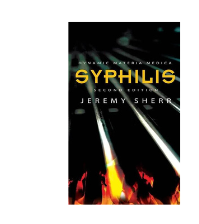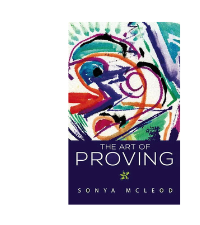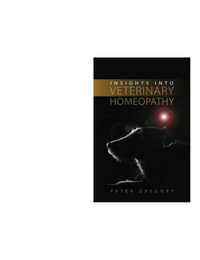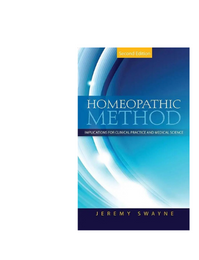Syphilis (2nd Edition) by Jeremy Sherr
Over ten years have passed since the first edition of this book, and Saltire are happy to present this second enhanced edition. The Dynamic Materia Medica of Syphilis is a web composed of eleven syphilitic remedies, each approached from a different perspective, each representing a lesson in materia medica study; essays and provings, essences and toxicologies, affinities, poetry, mythology, history, analysis and synthesis are all spread over an underlying bed of philosophy. The left and right pages represent the parallel approaches of science and art. The synthesis of all these strands culminates in an exciting conclusion on the nature of the syphilitc miasm and its underlying psoric roots. While this book is an easy and enjoyable read, it is also an exercise book for the thinking homoeopath. Many clues lie buried below the surface, mimicking the hidden nature of our cases. The reader's challenge is to uncover and synthesise this information. This effort should pay dividends in all aspects of homeopathy, from case solving to a deeper perception of materia medica and philosophy. In this new edition Jeremy includes a commentary with solutions to many of the riddles. This can be read first as a guide or left to contemplate after the tantalising end!





